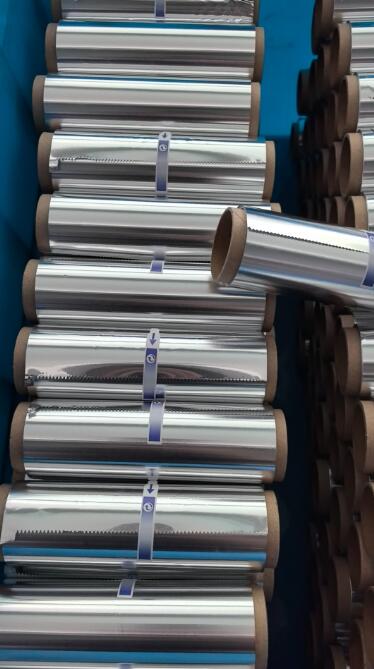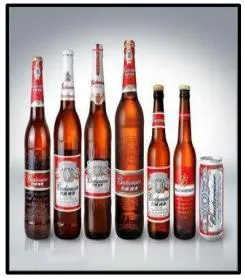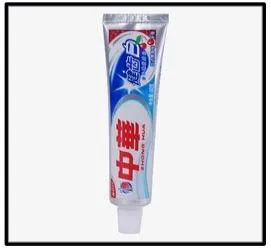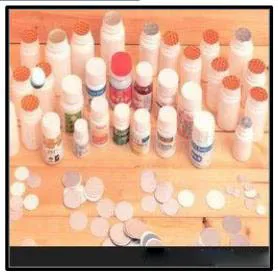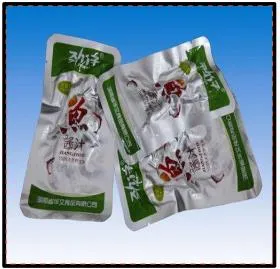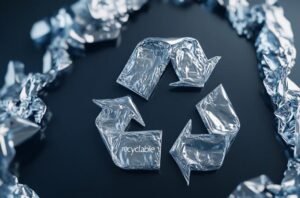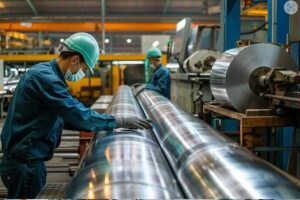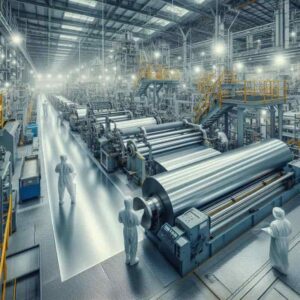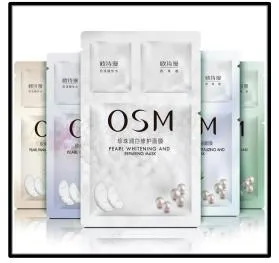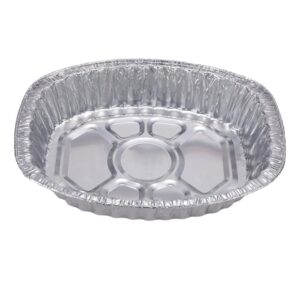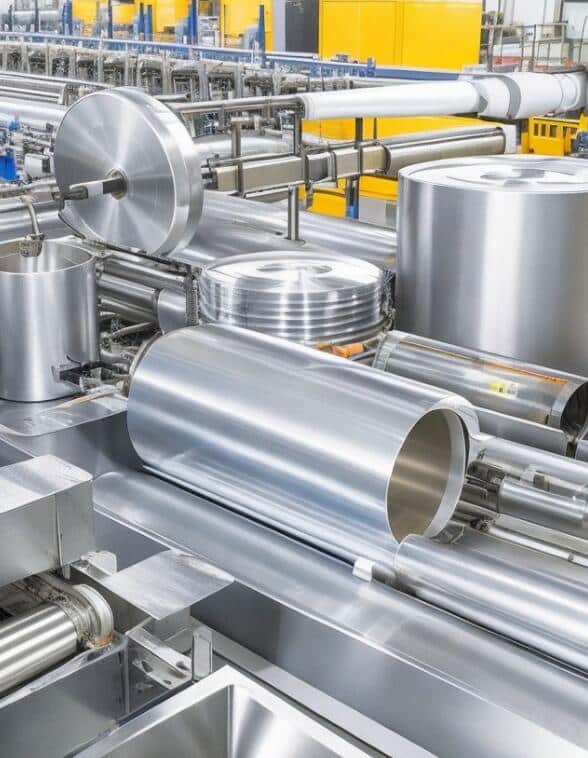Challenges and Solutions of High-temperature Applications of Aluminum Foil
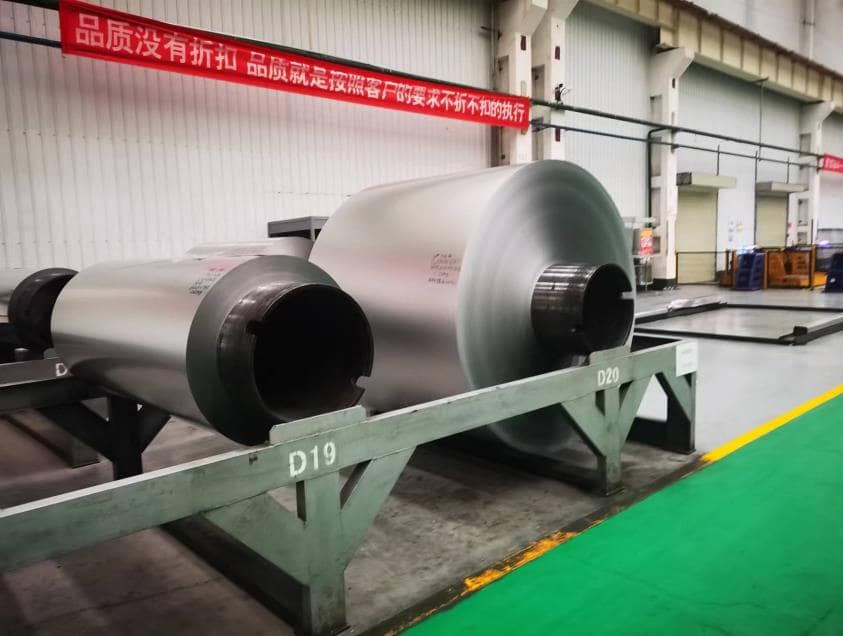
The exceptional properties of aluminum foil are always praised for its several uses in packaging, insulation, and cooking. While aluminum foil is a versatile material with numerous applications it comes with some corresponding challenges in high-temperature applications. High-temperature environments have unique challenges that may cause some difficulties to overcome for aluminum foil. In this article, the exploration of challenges and solutions for high-temperature environments in using aluminum foil will be discussed accordingly.
Challenges of High-Temperature Applications
- One of the primary challenges in using aluminum foil in high-temperature applications is its relatively low melting point. Pure aluminum has a melting point of approximately 1,221 degrees Fahrenheit (660 degrees Celsius). When the foil is used in environments that exceed this temperature it can rapidly melt and lose its structural integrity.
- When aluminum foil is exposed to high temperatures it can react with oxygen to form aluminum oxide. This oxide layer can affect the foil’s performance and integrity and can lead to reduced effectiveness or degradation of the material over time.
- High temperatures can cause aluminum foil to lose its strength and rigidity which also affects applications that require structural integrity.
- Aluminum has a relatively high coefficient of thermal expansion, which means when the foil is used in the presence of elevated temperatures it can expand and lead to dimensional changes.
Solutions to the Corresponding High-temperature Challenges
- One solution that may solve the challenges behind high-temperature applications of aluminum foil is selecting an alloy with a higher melting point. Alloy types such as 5052 or 6061 incorporate elements like magnesium and silicon that offers higher melting point, improved strength, and better resistance to high temperatures. These alloys are preferred choices for demanding conditions that involve high temperatures.
- To help mitigate oxidation of aluminum foil in high-temperature applications they can undergo protective coatings. These coatings can provide a protective barrier that prevents direct contact between the foil and the high-temperature environment. Some common types of coatings are based on materials like ceramic or silicon.
- Another approach to helping aluminum foil thrive in high-temperature applications is laminating the foil with other materials that have resistance to heat. The foil can be incorporated into materials like fiberglass, silicone, or ceramic fabrics to create a composite that maintains structural integrity under extreme heat.
- Aluminum foil has excellent thermal insulation and can be a part of a multi-layer insulation system. The foil can help reflect heat when it is placed between layers of high-temperature-resistant materials for effective heat shields.
- To address the strength and rigidity issue in aluminum foil, manufacturers employ methods such as enhancing their mechanical properties through embossing or thicker foil size. This approach can provide strength and stability in aluminum foil making it suitable for the demanding conditions of high-temperature applications.
Purchase high-quality aluminum foil products from a leading manufacturer and supplier – Yutwin New Material. We carry a wide range of foil in sizes, thicknesses, and colors for various applications including high-temperature environments.



